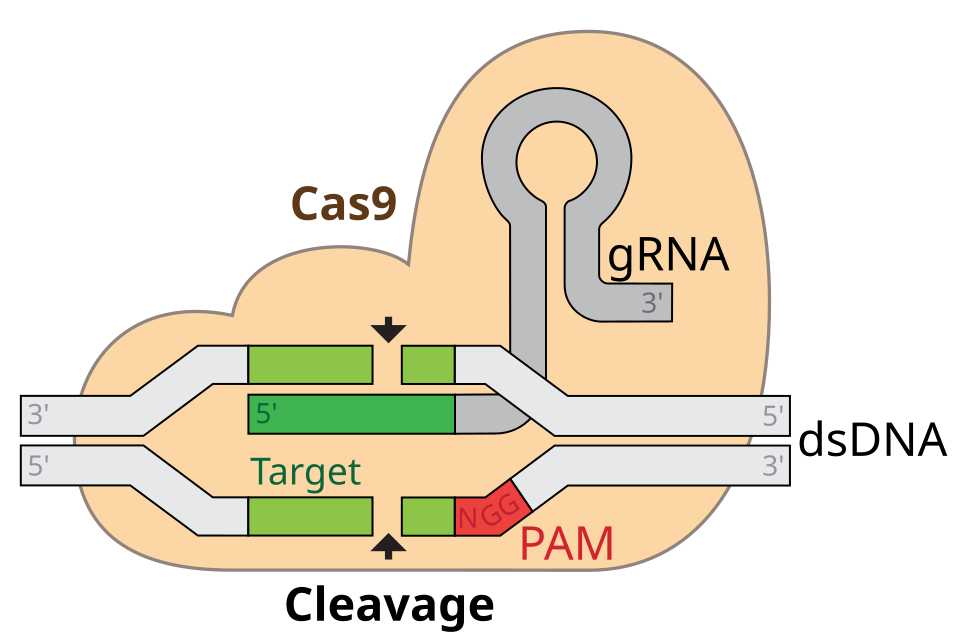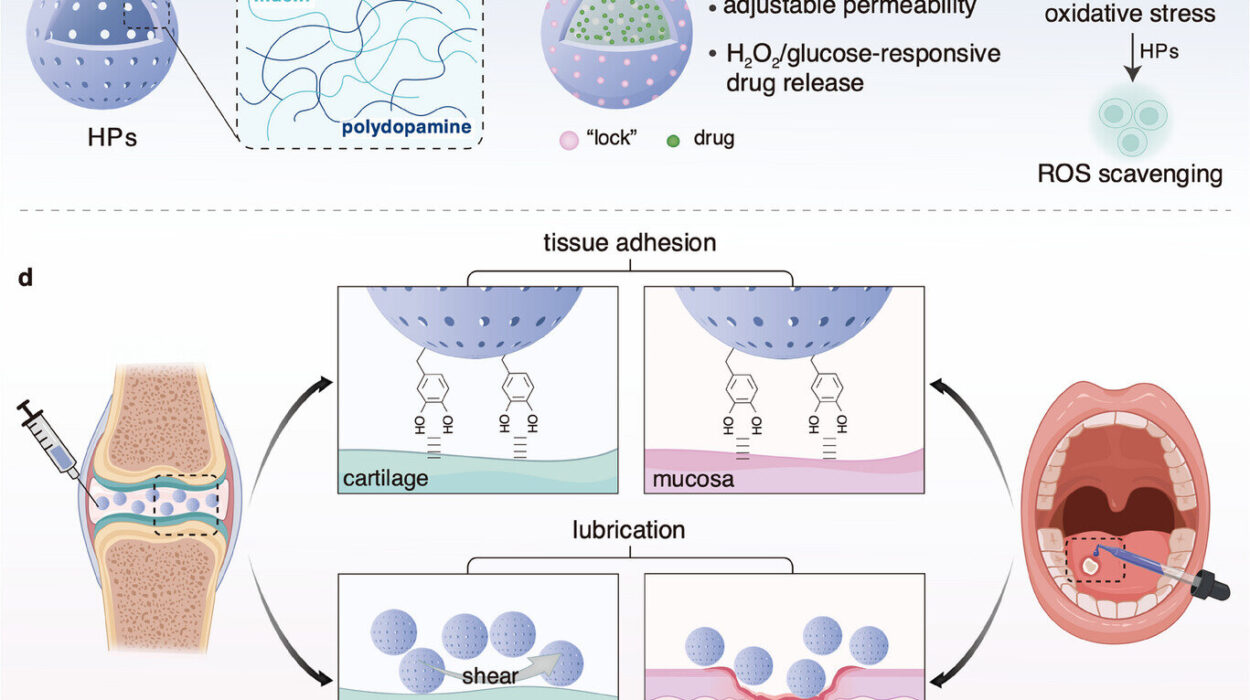The human brain is the most intricate and enigmatic organ known to science. Within its labyrinthine networks lie billions of neurons and supporting cells, orchestrating everything from basic survival to abstract reasoning. Among its many layers, the cerebral cortex—responsible for language, perception, consciousness, and memory—remains a primary focus for researchers seeking to understand the origins of human cognition and behavior. One of the greatest challenges in neuroscience has been unraveling how diverse cell types in this cortical region arise from a common pool of progenitor cells during development.
Now, in a groundbreaking study from the University of California, Los Angeles (UCLA), researchers have taken a giant leap forward in understanding the genetic machinery that orchestrates brain development. By harnessing the power of single-cell transcriptomics, they have mapped the gene networks—or “programs”—that guide cells to adopt specialized roles in the cerebral cortex. This discovery not only deepens our understanding of the brain’s formation but also opens new pathways for investigating disorders like autism and intellectual disabilities.
From Side Project to Scientific Revelation
What began as a seemingly minor bioinformatics project quickly transformed into a major scientific endeavor. Dr. Aparna Bhaduri, senior author of the study published in Nature Neuroscience, and her team initially sought to integrate publicly available datasets of gene expression in developing brains. But as their analysis unfolded, they began noticing something extraordinary: patterns of gene co-expression that hinted at underlying rules governing cellular identity.
Each dataset offered a snapshot of brain development at different timepoints, but none painted the full picture. The researchers set out to build a meta-atlas—a unified, high-resolution map that spans the trajectory of human brain development from its earliest stages. With this composite view, they could detect gene modules active across time and space, acting like hidden blueprints that instruct cells to form specific parts of the brain.
Decoding the Symphony of Genes
At the heart of the study lies the concept of gene co-expression modules—clusters of genes that are switched on together in specific cell types or developmental stages. Using advanced computational tools, the UCLA team identified these gene modules by comparing patterns across thousands of individual cells collected from different studies.
These patterns were far from random. They revealed tightly regulated programs guiding cells to become deep-layer neurons, upper-layer projection neurons, interneurons, or glial cells, each with their distinct roles in the cerebral cortex. The genes in these modules were not merely co-expressed—they were collaborators in the intricate choreography of brain development.
To confirm their findings, the researchers employed traditional laboratory methods. Brain tissue samples from human fetal brains were stained to visualize gene activity, and the patterns seen in the data were confirmed under the microscope. What the algorithms predicted, biology confirmed.
Testing the Code in Brain Mini-Models
Validation didn’t stop at microscopy. To truly test the role of these genetic programs, the team turned to brain organoids—miniaturized, three-dimensional models of the human brain grown from stem cells in the lab. These “brains in a dish” mimic the architecture and functionality of real developing brain tissue and serve as powerful tools for experimentation.
In these organoids, the researchers manipulated specific gene modules to observe how cells behaved. The results were striking: altering the expression of certain gene networks disrupted the formation of key neuron types, providing direct evidence that these modules are indeed responsible for sculpting the brain’s cellular diversity. Some of these genes had previously been implicated in neurodevelopmental disorders, but their precise roles were unclear—until now.
Implications for Neurodevelopmental Disorders
By mapping how cell types emerge during development, the meta-atlas provides a new lens through which to view brain disorders. Conditions like autism spectrum disorder, epilepsy, and intellectual disability often involve disruptions in cortical development, but pinpointing the underlying molecular missteps has proven elusive.
Now, with access to a comprehensive gene module map, scientists can trace these disorders to specific disruptions in developmental gene programs. This is more than a theoretical benefit—it could pave the way for targeted therapies that correct developmental trajectories before lasting damage occurs.
For example, if a particular gene module essential for upper-layer neuron formation is found to be underactive in a child with autism, future treatments might aim to reactivate or support that module’s function. The potential for early intervention and personalized medicine is profound.
A Shared Resource for Global Neuroscience
One of the most exciting outcomes of the study is the creation of a publicly accessible meta-atlas that can be used by researchers around the world. Patricia R. Nano, the study’s lead author, emphasized the collaborative spirit behind the work. By integrating data from various labs and harmonizing it into a unified framework, the team has provided a valuable tool for scientists studying everything from typical brain development to the molecular origins of disease.
What makes this meta-atlas particularly powerful is its versatility. It doesn’t just catalog genes—it reveals how genes work together in time and space, offering a dynamic view of cellular differentiation. As a result, neuroscientists can now explore how genetic instructions unfold during development and how missteps in these processes contribute to pathology.
Beyond Development: Exploring Cancer and Stem Cell Behavior
The implications of this study stretch far beyond developmental biology. The researchers are already using similar approaches to study glioblastoma, a lethal form of brain cancer. By comparing cancerous cells to their healthy counterparts in the meta-atlas, scientists can identify which developmental programs have been hijacked or distorted by the tumor. This could uncover vulnerabilities in cancer cells that lead to more effective treatments.
Moreover, the insights gained from the atlas are being applied to stem cell biology. Understanding how stem cells make decisions about which cell type to become is crucial not only for regenerative medicine but also for preventing diseases that arise when these decisions go awry. The gene modules revealed in this study may act as guideposts, showing researchers how to nudge stem cells toward desired fates or away from harmful paths.
A New Frontier in Understanding the Human Brain
The brain’s complexity has long been a daunting challenge for scientists, but the emergence of single-cell technologies and integrative computational methods has sparked a new era of discovery. This study exemplifies the power of interdisciplinary collaboration—where biology, computer science, and medicine converge to illuminate the brain’s hidden logic.
For Bhaduri and her team, this is just the beginning. With the meta-atlas in hand, they aim to delve deeper into the mysteries of brain development and disorders. Each gene module they explore brings us closer to decoding the language by which the brain builds itself—and perhaps, one day, to rewriting that language to heal or even enhance it.
As we stand on the threshold of a new age in neuroscience, studies like this remind us that within the quiet circuitry of our brains lies an astonishingly complex symphony—a symphony that, for the first time, we are beginning to understand.
Reference: Patricia R. Nano et al, Integrated analysis of molecular atlases unveils modules driving developmental cell subtype specification in the human cortex, Nature Neuroscience (2025). DOI: 10.1038/s41593-025-01933-2.





